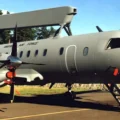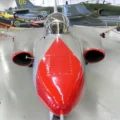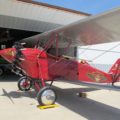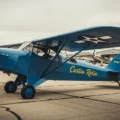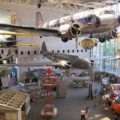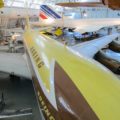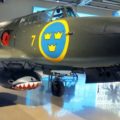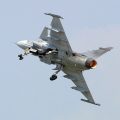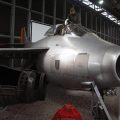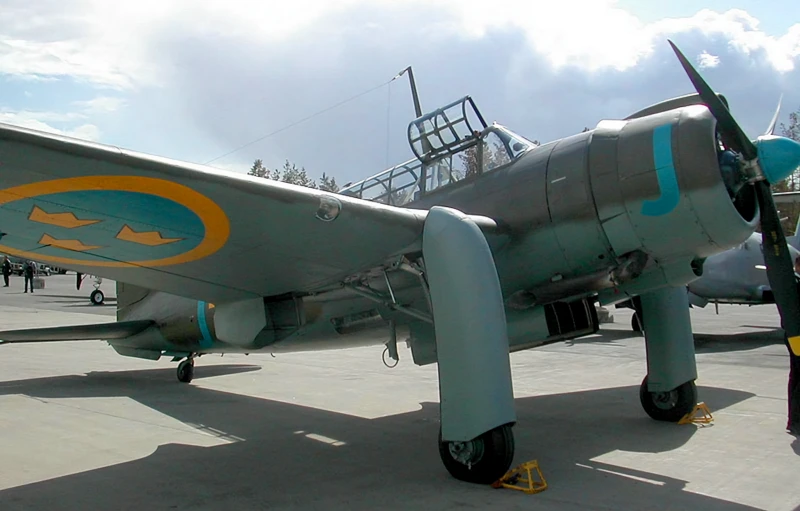
SAAB B17 | |
|---|---|
| Maa | Ruotsi |
| Rooli | Pommittaja, tiedustelu |
| Ensimmäinen lento | 18 päivänä toukokuuta 1940 |
| Rakennettu | 323 |
Nniiden Saab 17 was a Swedish bomber-reconnaissance aircraft. The project was initiated in response to a request in 1938 from the Swedish air force for a reconnaissance aircraft that could replace the Fokker S 6. Design work began at the end of the 1930s as the L 10 by ASJA, but after the merger with Saab in 1939 it was renamed Saab 17. The wings were reinforced to make it possible for use as a dive bomber. Since there was a shortage of engines the aircraft were flown to their destination, where the engines were removed and returned for use by the next delivery. The aircraft was also made in three versions with different engines.
Lähde: SAAB B17 Wikipediassa
| SAAB B17 Walk Around | |
|---|---|
| Photographer | Bengt Norman |
| Localisation | Unknow |
| Photos | 52 |
| Saab B 17A Walk Around | |
|---|---|
| Valokuvaaja | Per Borjeson |
| Lokalisointi | Ei tietää |
| Valokuvat | 15 |
Katso myös:
Nniiden SAAB B17 was a Swedish single-engine monoplane that served as a reconnaissance and dive bomber aircraft during the 1940s. It was developed by SAAB from a previous design by ASJA, and it was the first all-metal stressed skin aircraft built in Sweden. The SAAB B17 had a long greenhouse canopy that housed a crew of two, a pilot and an observer/gunner. The aircraft could be fitted with different types of landing gear, such as wheels, skis or floats, depending on the terrain and mission. The SAAB B17 was powered by various radial engines, such as the Pratt & Whitney R-1830, the Bristol Mercury or the Piaggio P.XI, which gave it a maximum speed of about 435 km/h.
SAAB B17 oli aseistettu kahdella kiinteällä eteenpäin ampuvalla 8 mm: n konekiväärillä siivissä, yhdellä joustavalla taaksepäin ampuvalla 8 mm: n konekiväärillä ohjaamossa ja jopa 680 kg pommeja sisäisessä lahdessa tai siipitelineissä. SAAB B17 voisi myös käyttää alavaunun ovia sukellusjarruina suorissa hyökkäyksissä. SAAB B17 otettiin käyttöön Ruotsin ilmavoimissa vuonna 1942, ja sitä käytettiin erilaisiin tehtäviin, kuten tiedusteluun, pommituksiin, merenkulun torjuntaan, sukellusveneiden torjuntaan ja maalihinaukseen. SAAB B17 vietiin myös Etiopiaan ja Tanskaan, missä se pysyi käytössä vuoteen 1968 asti. SAAB B17 oli monipuolinen ja luotettava lentokone, joka osoitti arvonsa erilaisissa olosuhteissa ja skenaarioissa.
Katsottu: 2708


